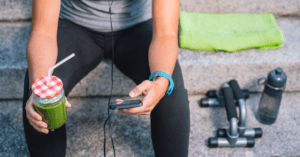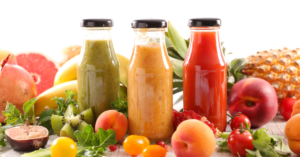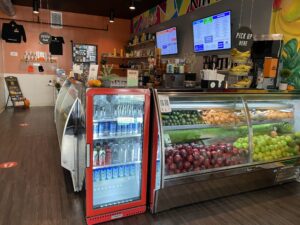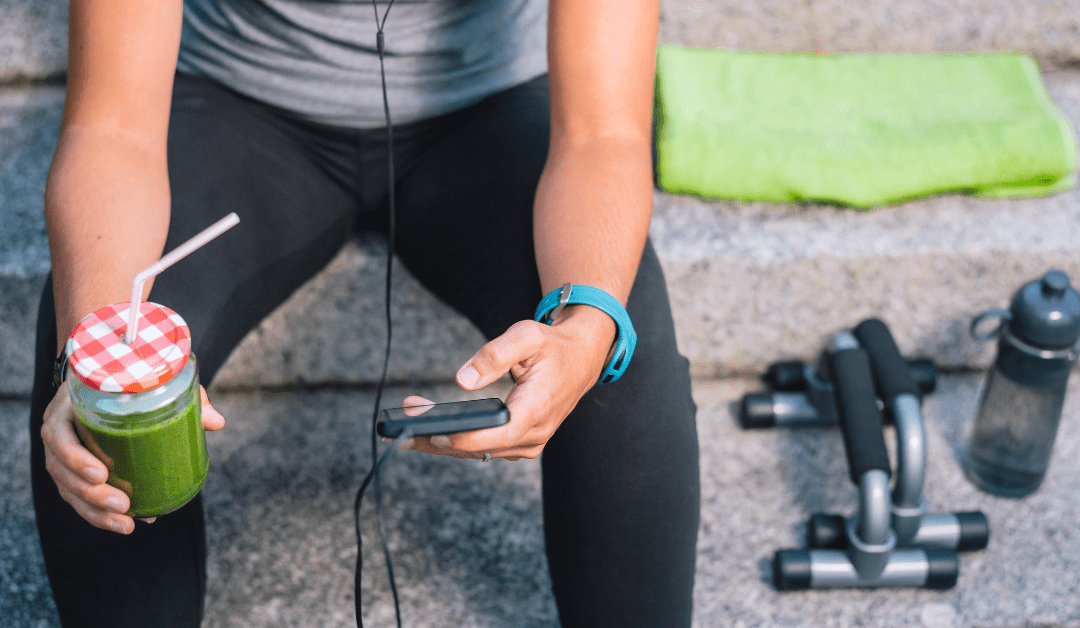
Have you ever scrolled through Instagram and seen models advocating for Juice Cleanses? Have you thought to yourself, ‘Hmm, that looks nice, plus they say it tastes good!’ only to try to get into it but have no idea where or how to start? Well, consider yourself lucky because this is a guide on Detoxifying Juices and everything surrounding it! So get your cups ready and let’s start cleansing.
First of all, we need to understand what a Juice cleanse is. A juice cleanse, sometimes known as a juice fast, is a type of detox diet where you consume vegetable and fruit juice (often exclusively) for a set period, typically three days. Advocates, like the models mentioned earlier, believe that drinking juice will flush toxins and waste out of your body while providing healing nourishment. However, it’s important to note that experts warn juice cleanses lack fiber, which aids in controlling appetite and facilitating the body’s natural cleansing processes. Like any diet, it’s essential to monitor our health daily. It would also be beneficial to consult with your doctor to determine if a juice cleanse is safe or worthwhile for you, as safety should always be a priority.
Let’s say you’ve visited your doctor, and they’ve given you the green light to do a juice cleanse, or it’s something you’re certain won’t pose any danger along the way. Now what? Well, it’s time to cleanse using those juices! As we’ve discussed, a typical cleanse lasts for one to three days, but those days are usually preceded by a preparation stage lasting three to five days. So, all in all, it takes a week for this detox plan. During the cleanse, what’s most recommended are raw, organic juices. You can either make them yourself or buy them pre-made; there’s no right or wrong in this, as long as you’ve researched the pre-made juice you plan to buy and ensured it’s 100% organic and fresh.

These are the fruits and vegetables used to make juices as well as raw vegetables to snack on:
Celery
Kale
Carrot
Cabbage
Apple
Spinach
Beets
Leafy greens
Peppers
Nut milk is also often used during juice cleanses to provide additional nutrients and variety. Here are three of the nut milks used in cleanses:
Almond milk
Cashew milk
Coconut milk
Now here is what you CANNOT eat during the cleanse:
Dairy
Eggs
Meat
Poultry
Seafood
Fish
Caffeine
Sugar
Sugary drinks or sweets
Fried foods
Alcohol
Juice cleanse supporters claim that your body absorbs nutrients, plant chemicals (phytochemicals), and antioxidants better from juices. However, research comparing nutrient availability in raw juices versus whole fruits and vegetables is inconclusive. Juice proponents suggest sipping juice slowly for better absorption. They also recommend spacing juice drinks a few hours apart and stopping at least three hours before bed. When it comes to exercise during your juice cleanse, it’s advised to go easy: skip intense workouts, but daily walks are encouraged to keep your blood and lymph flowing.
Now that you’re knowledgeable, it’s time to head on and make your juice! But what if you’ve got no time on your hands to make one? Or you’re not confident in your juice-making skills? Well, that’s where I suggest Juice Kings! Not only are they 100% organic, but they also make the juice in front of you to ensure you’re getting the freshest juice possible! They offer a variety of juice cleanses and even provide you with a plan, all for your convenience and health. It’s highly recommended if you’re a busy person or even if you just want to try it! Juice Kings is the only one-stop healthy food shop you’ll ever need.


If you live in Stamford, CT, then visit the shop and start browsing their offers with Guide to Detoxifying Juices! www.juice-kings.com

